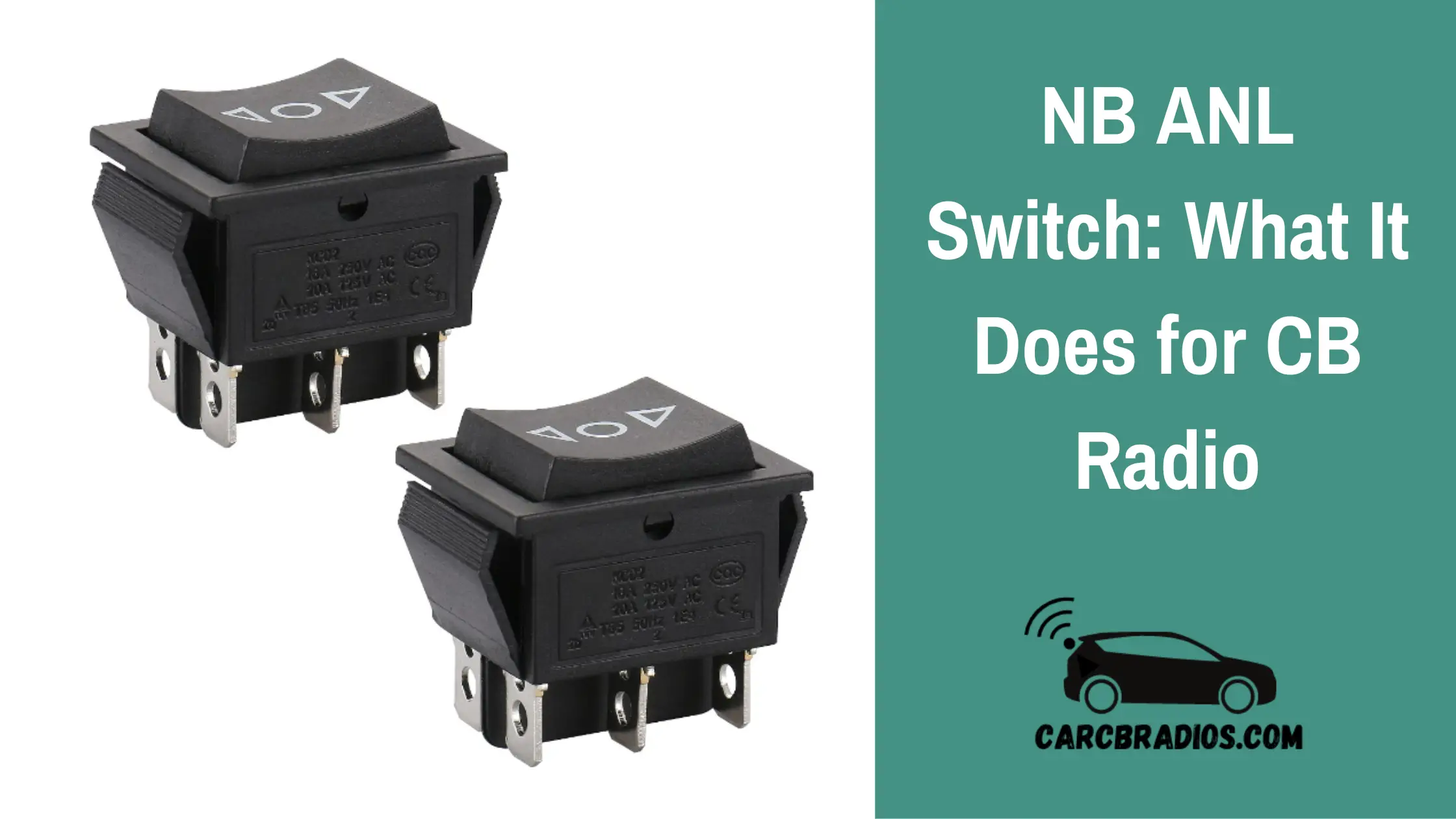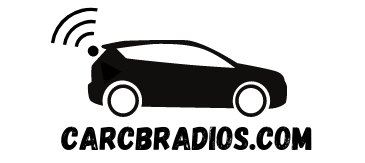By: Jeremy Neisser
As an experienced radio operator, I know how important it is to have clear and static-free incoming signals. That's why I always make use of the NB/ANL and ANL switch, also known as the Noise Blanker and Automatic Noise Limiter. These functions work together to reduce the amount of unwanted static and interference that can come from various sources, such as ignition noise, power lines, and inverters.
To ensure the best possible reception, it's important to set the NB/ANL switch to the "on" position. This will activate the Noise Blanker and Automatic Noise Limiter, which will work to filter out any unwanted noise and interference. By making use of these functions, you can enjoy clearer and more reliable radio transmissions, even in areas with high levels of interference.
Key Takeaways
The NB/ANL and ANL switch work together to reduce unwanted static and interference in radio transmissions.
Setting the NB/ANL switch to the "on" position is crucial for activating these functions.
By using the NB/ANL and ANL switch, you can enjoy clearer and more reliable radio transmissions in areas with high levels of interference.
Receive Filtering
Should I Turn on the NB/ANL Switch?
The NB/ANL switch is a receive filter that helps to eliminate unwanted electrical interference caused by the vehicle's engine. It is more subtle than the RF Gain Control and Squelch controls, and should generally be kept on to reduce unwanted interference.
In most situations, it is recommended to turn on the NB/ANL switch. However, if you are trying to pick up very faint signals from a long distance, turning the switch off may be necessary.
It is important to note that too much filtering can cause weaker signals from farther away to be lost. Therefore, it is important to find a balance between filtering unwanted interference and maintaining the ability to receive weaker signals.
Overall, the NB/ANL switch is a useful tool for reducing unwanted interference and improving the quality of received signals.
Frequently Asked Questions
What does ANL mean on a CB radio?
ANL stands for Automatic Noise Limiter. It is a feature on CB radios that helps to reduce static and other types of noise that can interfere with communication.
What is RF gain on a CB radio?
RF gain is a feature on CB radios that allows the user to adjust the sensitivity of the receiver. This can help to improve the clarity of incoming signals.
What is PA on a CB radio?
PA stands for Public Address. It is a feature on CB radios that allows the user to use the radio as a loudspeaker by connecting it to an external speaker.
What is Delta Tune on a CB radio?
Delta Tune is a feature on CB radios that allows the user to fine-tune the radio's frequency. This can help to improve the clarity of incoming signals.
What is CAL on a CB radio?
CAL stands for Calibrate. It is a feature on CB radios that allows the user to adjust the radio's frequency calibration.
What does NB do on a CB radio?
NB stands for Noise Blanker. It is a feature on CB radios that helps to reduce pulse-type noise, such as ignition noise from a vehicle, that can interfere with communication.

Hi & Welcome!
My name is Jeremy and I have been an avid car nut for many year. My first car was an 1987 Honda CRX. I put in my first Kenwood stereo, amp, 2 10" JLs and a CB Radio in it and have been an avid user of CBs and car radios for years. I'll do my best to share my tips, information and thoughts to help you with whatever question you might have, ABOUT ME
After I graduated from High School, I worked 5 years are Radio Shack and 3 years at Circuit City answering questions and helping customers with various electronics questions.

